Published
- 4 min read
2025 .NET Development roadmap [Minimalist Edition]
![img of 2025 .NET Development roadmap [Minimalist Edition]](/_astro/DS_2025_02_28.BjsfcrsC_Z1RbHWR.jpg)
When I was younger, I loved New Year’s resolutions.
Each year, I would set up a few goals I would like to achieve.
And started working on them ambitiously.
But, by the end of February, all that hype and motivation had faded away.
And with them, any chance to reach my goals.
That’s why I don’t believe in New Year’s resolutions anymore.
Instead, I rely on plans, strategies, and discipline to achieve the desired outcomes.
Both in my personal and work life.
That’s why if you are a .NET developer who would like to stay up to date with all the latest .NET ecosystem improvements, you need a plan.
A roadmap.
If you are still reading this, you are in luck.
Because I’ve created one just for you.
But here’s what’s different about this roadmap.
Unlike other roadmaps that cover all possible topics you could ever know, this one is minimalistic.
I included only the essential skills/technologies you need to succeed in most roles as a backend .NET developer in 2025.
Based on my personal opinion, of course.
Don’t get me wrong.
Other roadmaps are helpful and valuable, too.
But this one takes into account the resource you have the least.
Your time.
I get it.
Life is busy.
And you would rather spend your weekend outdoors than being stuck in your room and learning how to operate etcd clusters for Kubernetes.
Without further ado, here is the roadmap: .NET Developer Roadmap for 2025 [Minimalist Edition].
You can take time to explore it on your own.
But here is my brief explanation of the roadmap.
Development skills
Start with the basic development skills and engineering principles:
- Stay up to date with the latest features of C#
- Learn how to use AI tools and assistants
Next, you have engineering practices and principles. They are your north star for writing more maintainable code.
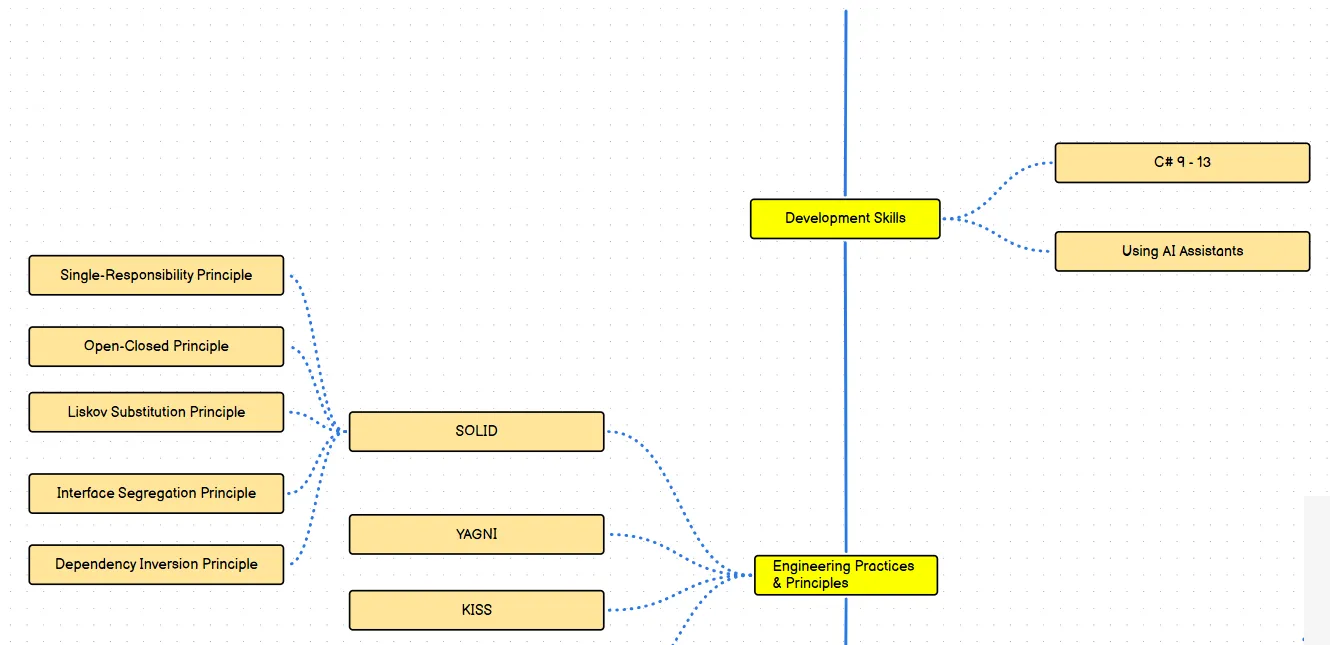
Web API
The heart and soul of most enterprise applications is their Web API backend. Developing robust web apps is non-negotiable in most jobs today.
Get familiar with the main features of the ASP.NET Core: Controllers, Auth, Routing, Middleware, Filters, Caching…
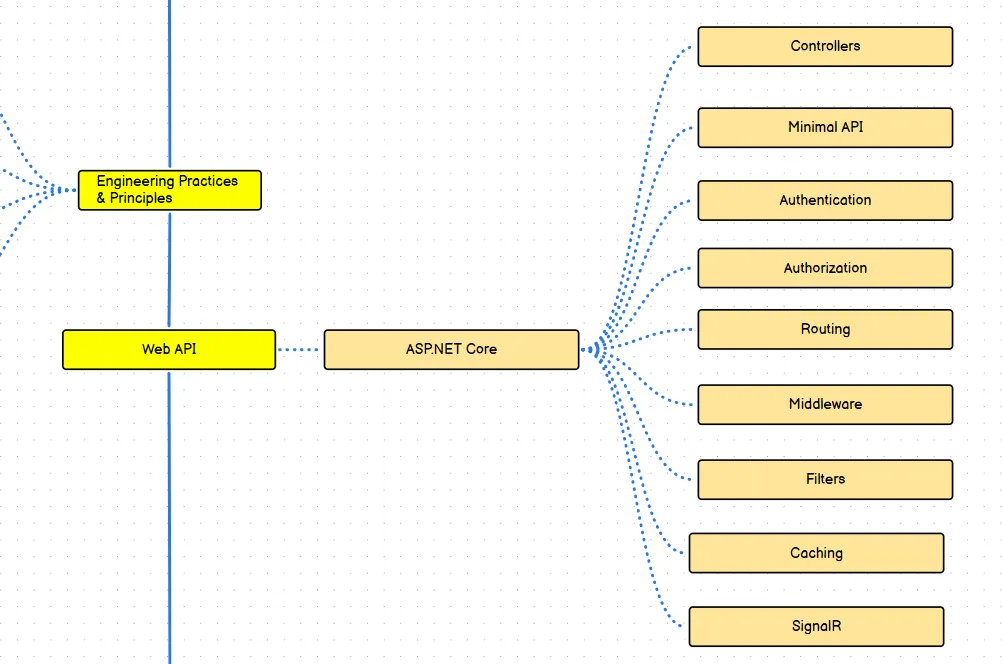
Databases
If Web API is the heart and soul, the databases are the brain (this metaphor is still a work in progress).
They persist data in various ways:
- Relation databases: such as MS SQL or PostgreSQL
- NoSQL: such as Redis, Azure Cosmos DB, or ElasticSearch
- You have ORM on top of them to make data manipulation easier in the code.
Also, I focus on Azure as the primary cloud choice in this roadmap.
But if you choose AWS, you can replace Cosmos DB with Dynamo DB. (Another option worth mentioning is MongoDB). The principles of using them are similar.
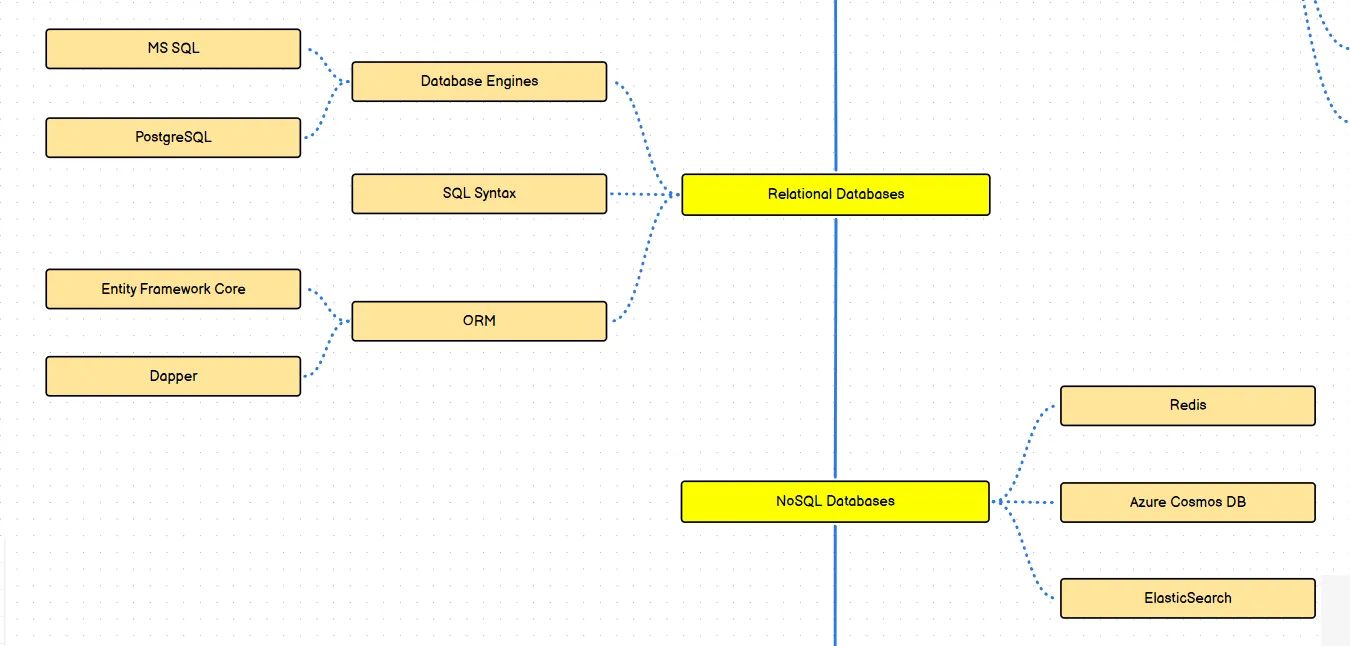
Automated testing
To ensure code quality, use automated testing. This in itself would require a separate post. If you are interested in that, let me know.

Messaging
Depending on the project, you will have to work with:
- Background tasks - you can use Hangfire or Quartz.NET for scheduling background tasks.
- Messaging - if your app has services that need to communicate with each other, you will need a messaging broker.
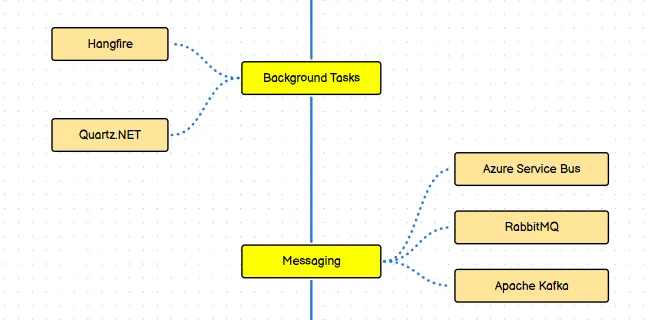
Cloud
More and more apps these days move to the cloud to:
- Upgrade outdated infrastructure
- Improve scalability
- Improve resiliency
As mentioned, I chose Azure as my preferred cloud vendor on this roadmap. Mainly because I have the most experience with it.
However, you can’t go wrong if you go with AWS.
Azure offers more than 200 services. Out of them, get familiar on these 5 for a start:
- Azure Functions
- Virtual Machines
- Storage Account
- App Service
- Azure SQL Database
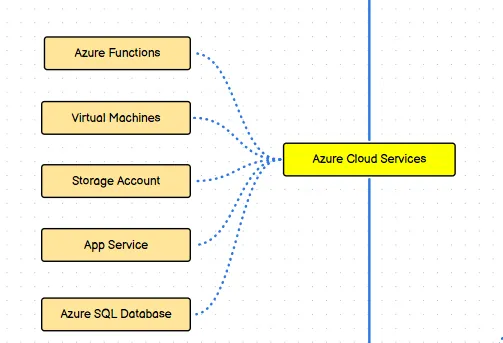
CI/CD
As the project gets more mature, other different concepts come into play:
- Observability
- Containerization
- Continuous Integration and Deployment (CI/CD)
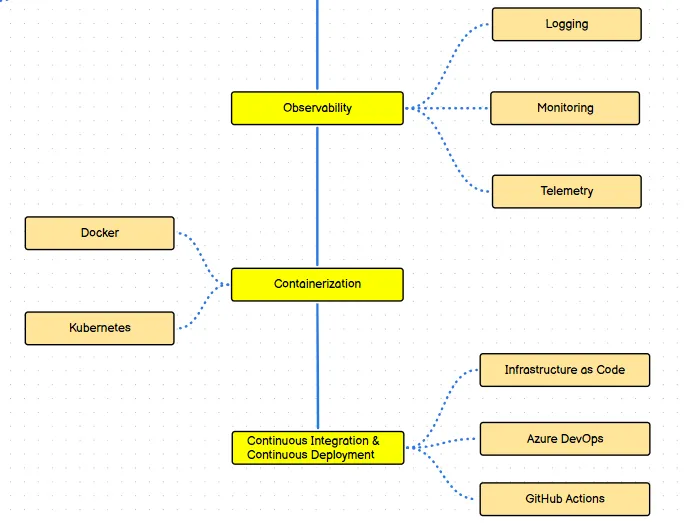
Security
Treat Web API security as a must in every app since day one. And please, use proven auth solutions.

Finally, if you want to progress your career to more senior levels, you will have to be able to make more architectural decisions. That’s why it’s important to learn common software architectural styles.
Software architecture
And how to make software architectural decisions to satisfy non-functional requirements (architectural characteristics).

Plans are nothing.
But planning is everything.
Every Friday I share actionable .NET advice, insights, and tips to learn the latest .NET concepts, frameworks, and libraries inside my FREE newsletter.
Join here 11,000+ other developers